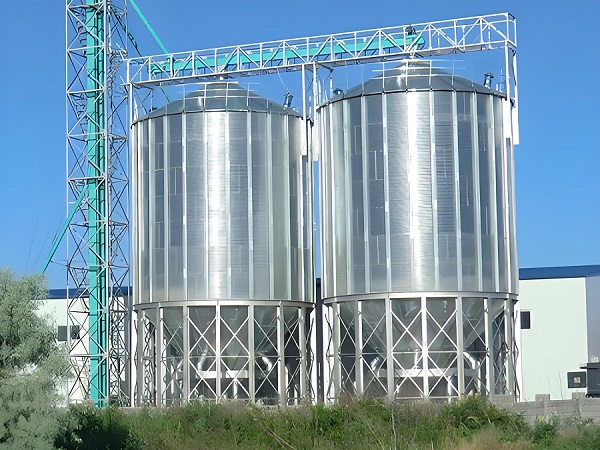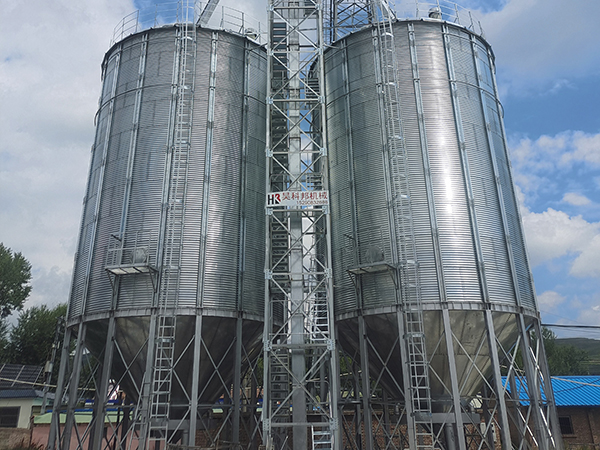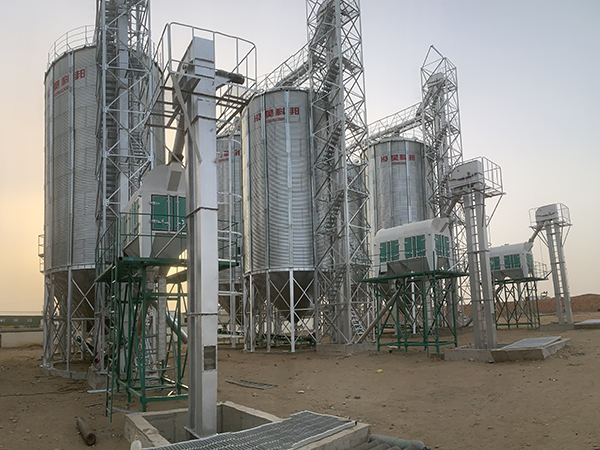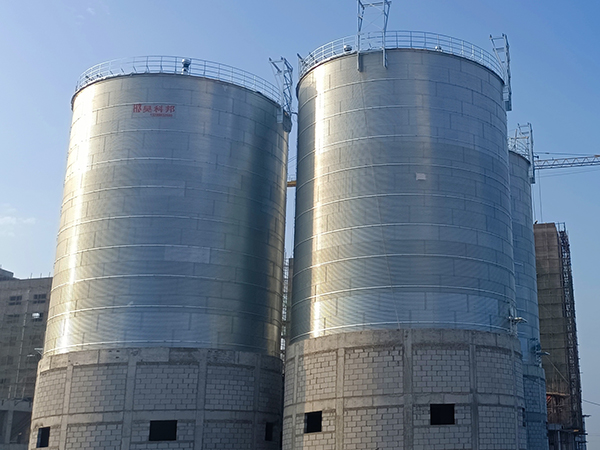Large Silo Procurement: Strategies and Practices
With the rapid development of agriculture and industry, large silo procurement has become a focal point for many enterprises and farmers. As crucial equipment for storing and managing bulk materials, the procurement strategies and implementation steps for large silos directly impact operational efficiency and cost control.
- Main Advantages of Wheat Silo in Uganda
- Main Functions of Wheat Silo in Uganda
- Corn mill factory in Mali
- Maintenance Methods for Wheat Silo in Uganda
- Maintenance Methods for a Rice Silo in Uganda
- Wheat mill supplier in Malawi
- Installation Process of a Rice Silo in Uganda
- Structural Composition of a Rice Silo in Uganda
- Flour mill sale in Rwanda
- Main Advantages of Rice Silo in Uganda
- Primary Functions of Rice Silo in Uganda
- Grinding mill cost in Libya
introduction
With the rapid development of agriculture and industry, large silo procurement has become a focal point for many enterprises and farmers. As crucial equipment for storing and managing bulk materials, the procurement strategies and implementation steps for large silos directly impact operational efficiency and cost control. This article will explore key strategies and practical methods for large silo procurement.
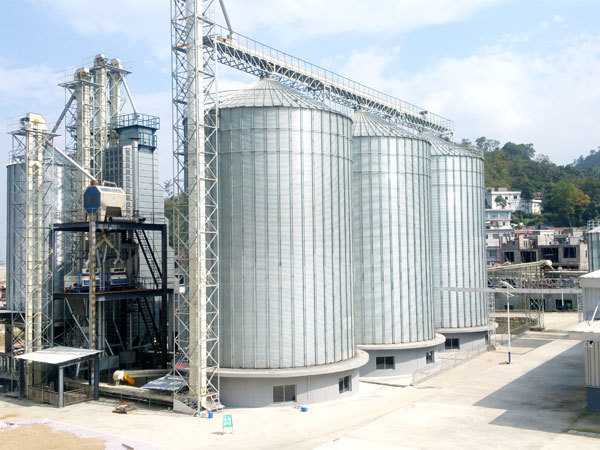

Understanding the Basic Requirements for Large Silos
Before proceeding with large silo procurement, it is essential to clarify your basic requirements. This includes the type of material to be stored, storage capacity, installation location, and operating environment.
Type of Stored Material
Different materials have different requirements for silos. Grain, feed, cement, and chemicals each have specific needs regarding the silo’s material, sealing, and ventilation. Identifying the characteristics of the stored material beforehand is crucial for selecting the appropriate silo type.
Storage Capacity
Determine the required capacity based on production scale and storage cycles. Insufficient capacity can lead to frequent replenishment, while excessive capacity can increase procurement and maintenance costs. Accurate estimation of the required volume is key to successful procurement.
Installation Location and Operating Environment
The installation location and operating environment directly influence the design and material choice of the silo. For example, outdoor installations need to consider factors such as wind, rain, and corrosion resistance, while indoor installations must focus on space utilization and ventilation.
Selecting the Right Supplier
After clarifying the requirements, the next step is to select the right supplier. A good supplier can provide reliable, reasonably priced silos and comprehensive after-sales service.
Supplier Qualifications and Reputation
Supplier qualifications and reputation are crucial in large silo procurement. Evaluate their credentials and reputation by reviewing business licenses, quality certifications, and customer feedback.
Product Quality and Technical Level
Focus on the product quality and technical level when choosing a supplier. Request product samples or visit their production facilities to understand their manufacturing processes and quality control systems.
After-Sales Service
High-quality after-sales service is a critical assurance for large silo procurement. Ensure the contract clearly specifies services such as installation, commissioning, training, regular maintenance, and emergency repairs.


Developing a Detailed Procurement Plan
After selecting a supplier, develop a detailed procurement plan that includes the procurement budget, timeline, and contract terms.
Procurement Budget
Create a reasonable budget based on market research and supplier quotations. The budget should include equipment costs, transportation fees, installation expenses, and subsequent maintenance costs.
Timeline
Schedule the procurement timeline to ensure the silos are ready when needed. Consider factors like production plans, transportation time, and installation and commissioning time in the timeline.
Contract Terms
When signing the procurement contract, specify product specifications, quantities, prices, delivery times, payment terms, and after-sales services to ensure both parties’ rights and obligations are clearly defined.
Monitoring the Procurement Process
Monitor the entire procurement process to ensure the smooth implementation of the procurement plan.
Progress Control
Regularly check the procurement progress to ensure all tasks are on schedule. If issues arise, communicate promptly with the supplier and take appropriate corrective actions.
Quality Inspection
Upon delivery, inspect the silos according to the technical standards and quality requirements specified in the contract. Report any issues to the supplier immediately and negotiate a solution.
Installation and Commissioning
After passing the inspection, proceed with installation and commissioning as per the contract terms. Follow operational guidelines strictly during installation to ensure the equipment functions correctly.
Conclusion
Large silo procurement is a systematic project that requires a comprehensive approach from demand analysis and supplier selection to procurement planning and process monitoring. By employing scientific procurement strategies and stringent process controls, enterprises and farmers can effectively reduce procurement costs, enhance equipment quality, and improve operational efficiency. In the future, with continuous technological advancements and market development, large silo procurement will increasingly focus on intelligence, environmental sustainability, and efficiency, providing stronger support for enterprise growth.

